The Rare Metal Age (2019),
Anna Diljá Sigurðardóttir
She/her — IS/NL
Exhibition: Mutation
Wednesday 8 June till Sunday 19 June — Dokzaal
Opening | 17:00—23:00 (free admission)
Tue - Fri | 13:00—20:00
Sat & Sun | 10:00—20:00
Mon | closed
At this moment, we are in the midst of a transition to a green economy and energy sector. This should be the answer to our ever-increasing demand for resources that remains within the ecological limits of the planet. But is this transition itself entirely problem-free, or are new problems emerging out of our sight to enable the endless growth of new technological developments?
The Rare Metal Age is an investigation into the importance of metals and our future resources. It analyses repeated patterns of history; a complex interplay of geo-politics, the economy, and the ecosystems. The visual essay centers around the mining of polymetallic nodules; a metal resource that was collected in 2019 in the Pacific Ocean where mining and explorations in the unknown depths of the ocean started. These nodules contain desirable metals and are found in deep seas, often sitting on top of delicate sediments. The demand for such metals has skyrocketed in proportion to their increasing importance in our daily lives, the increasing demand for green energy sources, and the declining availability of them on land. These conditions have renewed the interest of large corporations in deep-sea mining. Some of the areas in which the metals occur are situated in territories outside of the jurisdiction of states. Mining there has geopolitical consequences.
The film shows that due to the scope of our dependence on these materials and metals, our desire for inventions and new technology come at a cost. The seabed mining world map exhibits the exploration zones, areas of potential economic interest and areas of nodule occurrences around the globe.
Anna Diljá Sigurðardóttir graduated from Food non Food (BA) at Design Academy Eindhoven in 2019. With an interest in geopolitics, earth sciences and cartography, her work often investigates how to translate scientific data and journalistic topics into a comprehensive multi-perspective story. Using various media such as graphical narrative, moving image and sculptural work she focuses on creating an approachable method for understanding and reflecting on the unseen information around us.
In the past years, she collaborated with art and design studios in Germany (Quadrature and Tomás Saraceno), as well as scientific institutes in Iceland and the Netherlands (Meteorological Office and Institute of Earth Sciences, NIOZ and Wageningen University). She is currently working as an independent researcher, specialising in communication and information design, while also guest tutoring at Design Academy Eindhoven.
The work was made in collaboration with scientists and marine biologists at NIOZ, the Royal Institute for Sea Research in the Netherlands, where the deep-sea industry is studied and environmental impact assessed.


